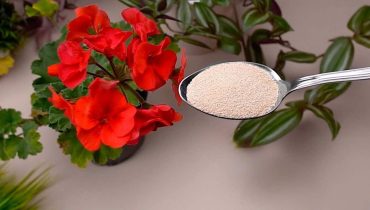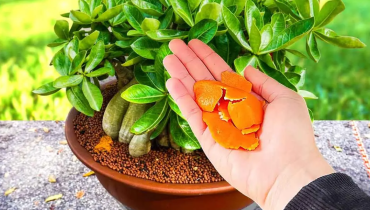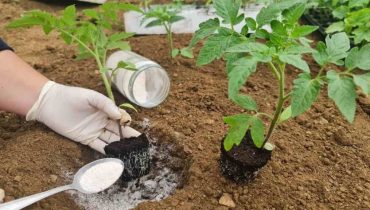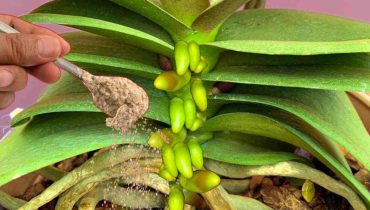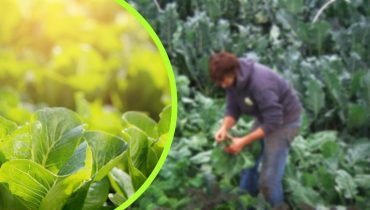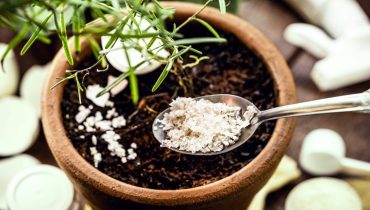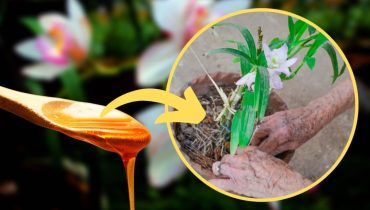How to grow persimmons (even in pots)
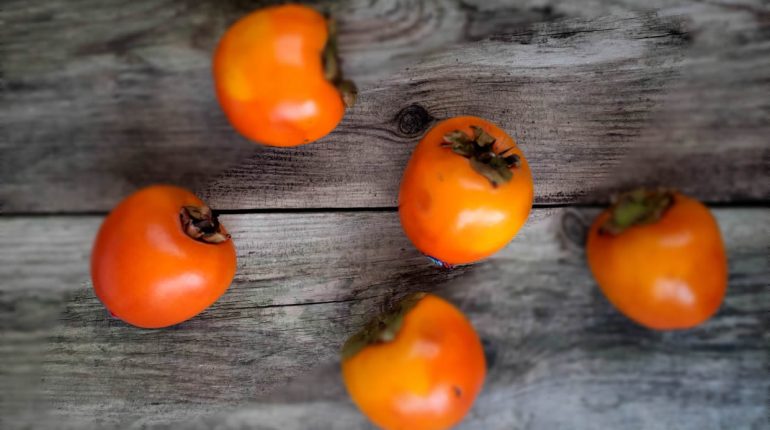
Posted October 20, 2023 by: Admin
The persimmon, originally from Asia, specifically China and Japan, produces fruits that, at first glance, resemble large orange tomatoes but are attached to branches as if they were apples. These fruits are characterized by their juicy and sweet pulp, making them particularly anticipated in the autumn. It’s important to note that persimmons can be successfully grown in various types of soil, and it’s even possible to grow them in pots, although this may result in reduced development and fruit production compared to plants grown in open ground.
To ensure healthy tree growth, it’s essential to regularly repot the plant into increasingly larger pots to provide sufficient space for the roots. Additionally, it’s recommended to maintain a layer of mulch, water it regularly, and protect the tree from common insects and pests.
Description and Varieties

The persimmon (Diospyros kaki) belongs to the Ebenaceae family and is considered a subtropical species that can now adapt to various climates. In Italy, the most common varieties are Romagna Lotus, which produces intense yellow-orange fruits with sweet, almost jelly-like pulp, and Campania Vanilla, whose pulp is firmer and darker in color than that of the Lotus. Other popular varieties include Fuyu, Suruga, O’Gosho, and Jiro.
When and How to Plant
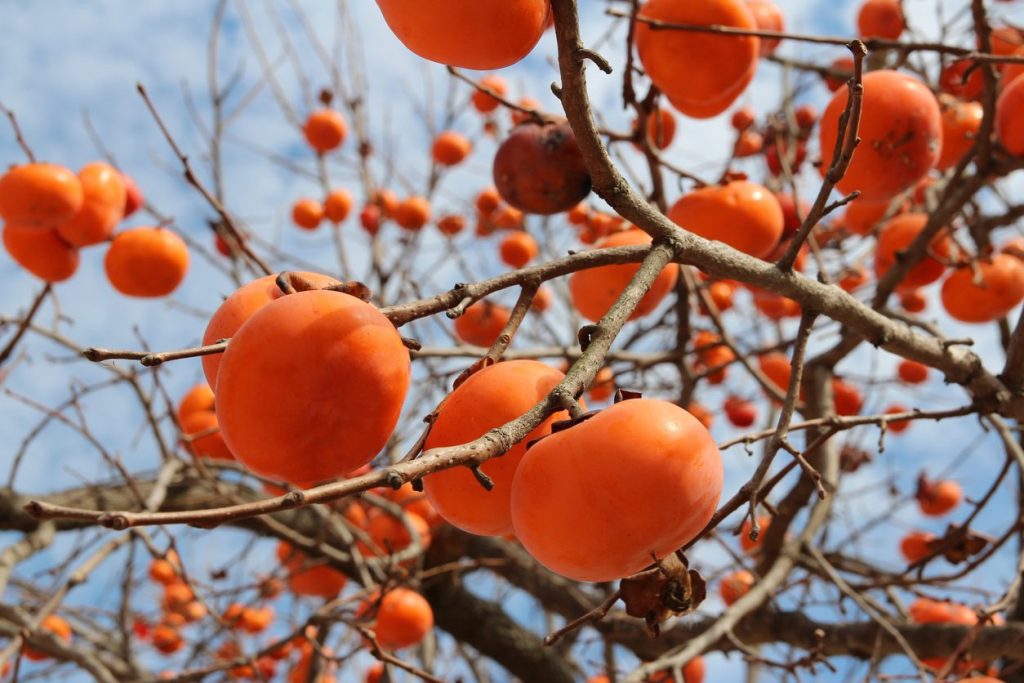
The best time to plant persimmons is during the autumn and winter months, extending into early spring. During planting, it’s recommended to dig a hole approximately 70x70x70 cm in size. After positioning the plant with the collar slightly above the soil surface, it should be covered with fertile soil and gently packed with feet. It’s essential to water the plant to promote root development.
Soil and Fertilizer
The ideal soil for persimmon cultivation should be fertile and well-drained to prevent water accumulation. Regarding fertilizer, it’s recommended to use manure or a slow-release product.
Watering
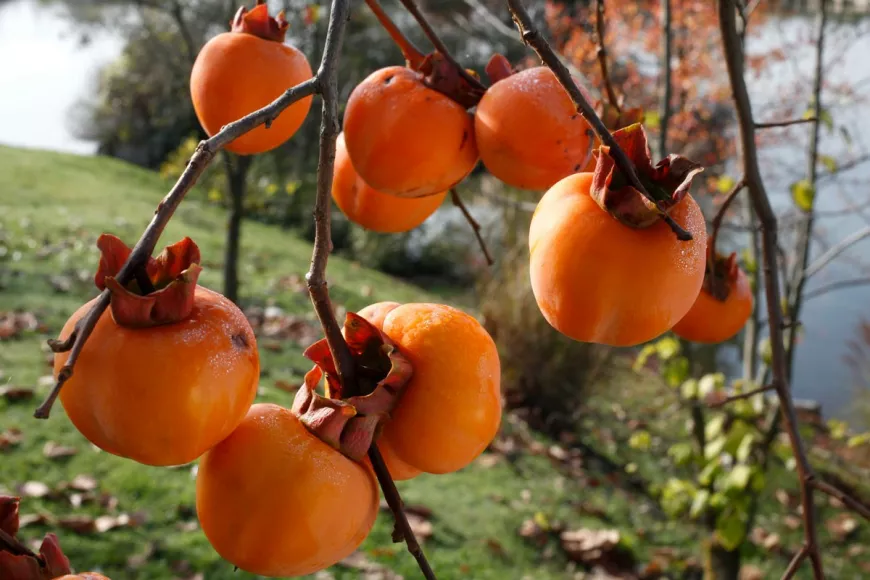
Persimmons are hardy plants that can tolerate dry periods. However, in case of high summer temperatures, it’s advisable to increase watering.
Propagation
Persimmon propagation is usually done through grafting, a method that involves merging two distinct but similar plant parts to form a single individual. In practice, a living part of the plant, called the “scion,” is grafted onto another part with roots, known as the “rootstock.” Rootstock plants are typically obtained from seeds extracted from the fruits.
Pruning
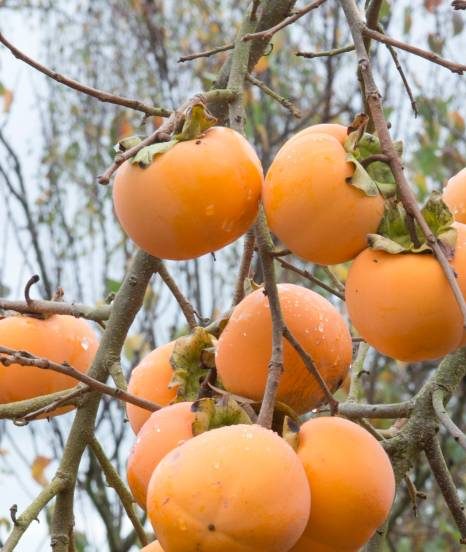
Proper persimmon pruning should be done sparingly, leaving an adequate number of floral buds on the branches. It’s also essential to thin out overly dense branches to prevent premature fruit drop due to a lack of light in the foliage, which can encourage the presence of scale insects. It’s recommended to thin the branches toward the end of winter and maintain an adequate distance between them.
Diseases and Pests
Persimmons are susceptible to various diseases and pest attacks. To combat powdery mildew or white mildew, baking soda dissolved in water is usually used, while copper is employed to prevent gray mold. Signs of infestation by the sesia, a moth whose larvae tunnel into the plant’s bark, include yellowing and wilting. It’s also important to prevent the presence of fruit flies (Ceratitis capitata) by never leaving the fruits on the plant after ripening. Finally, scale insects can be treated by spraying fern macerates on the plant or using mineral oils.

